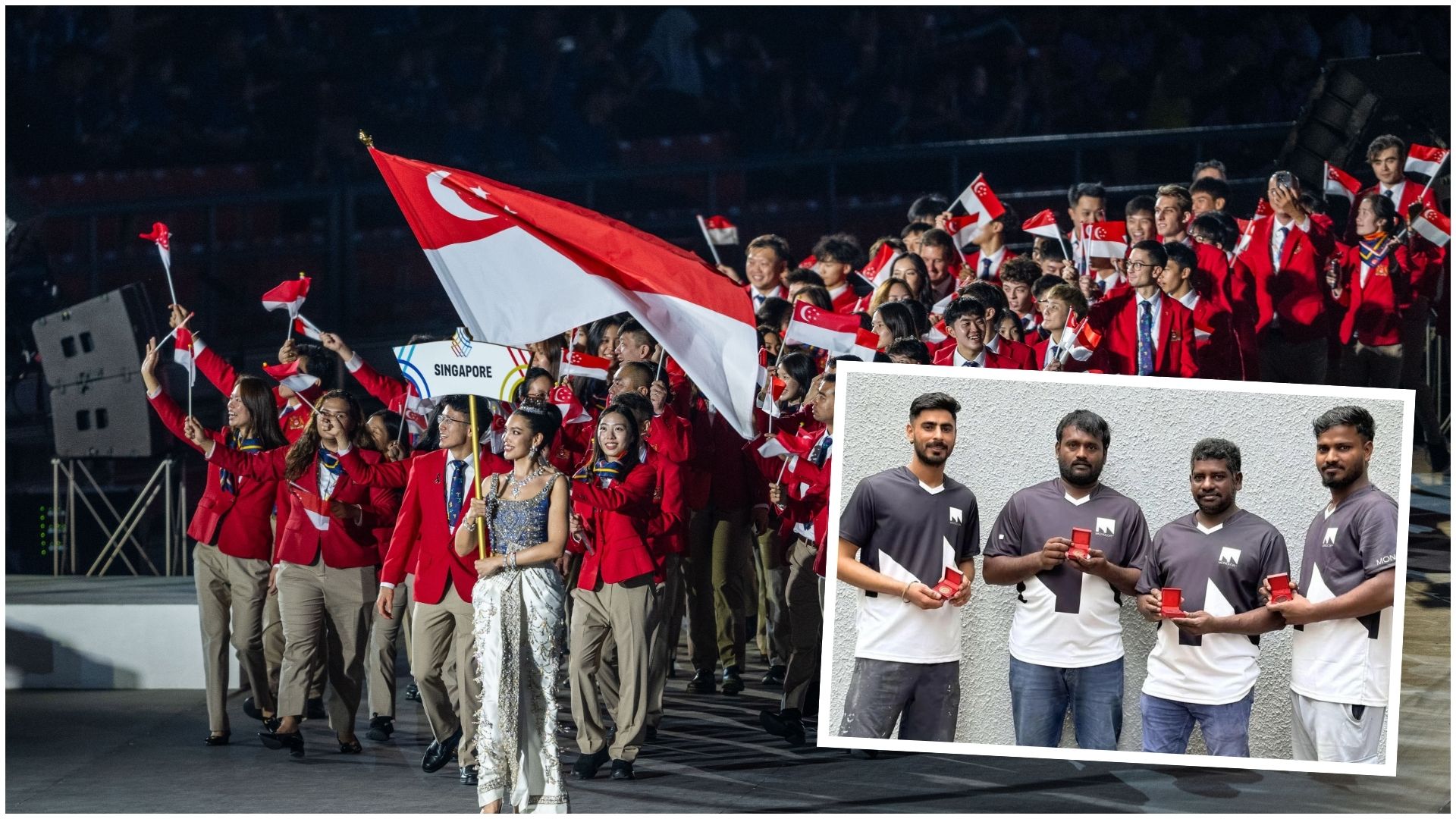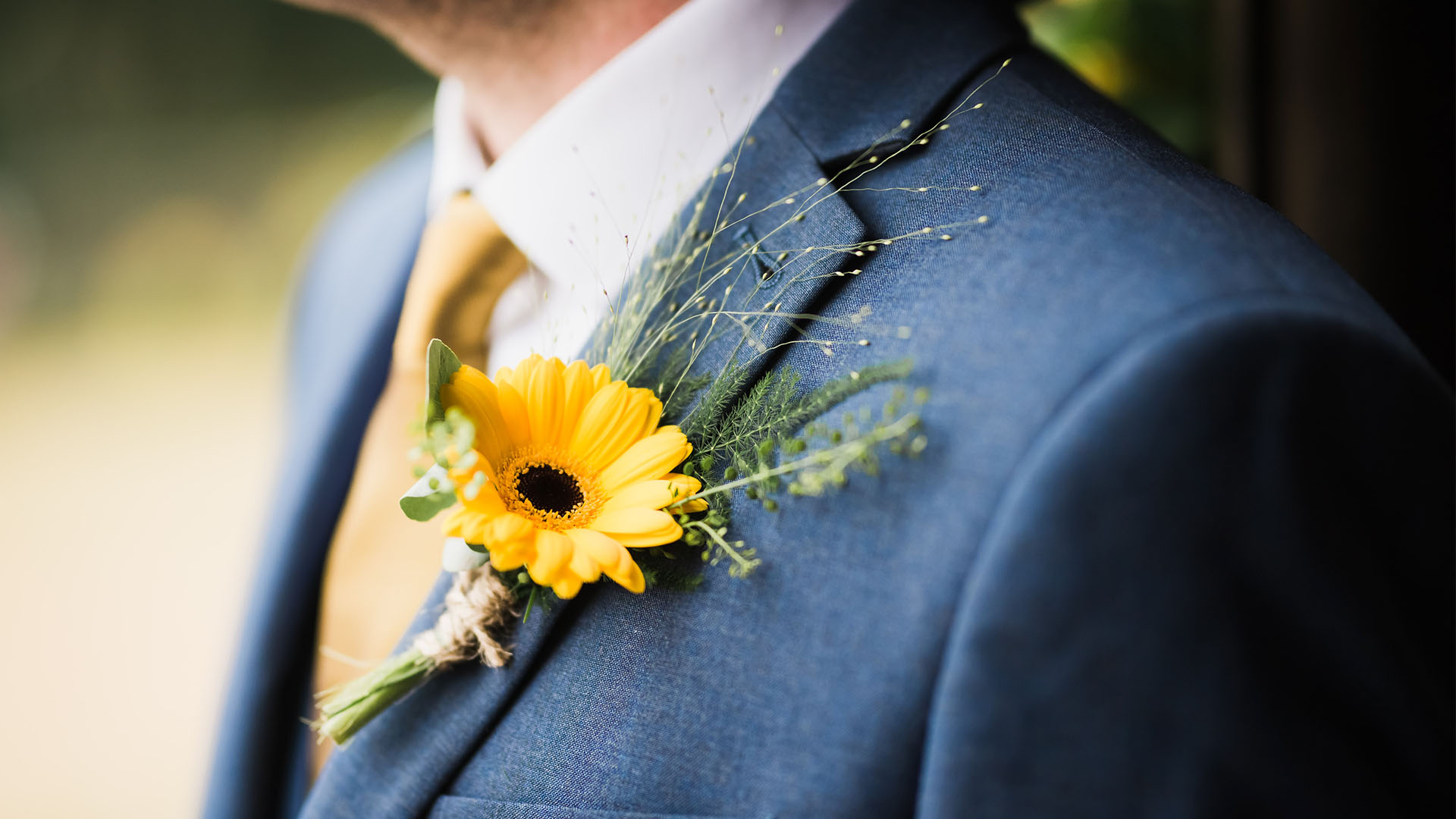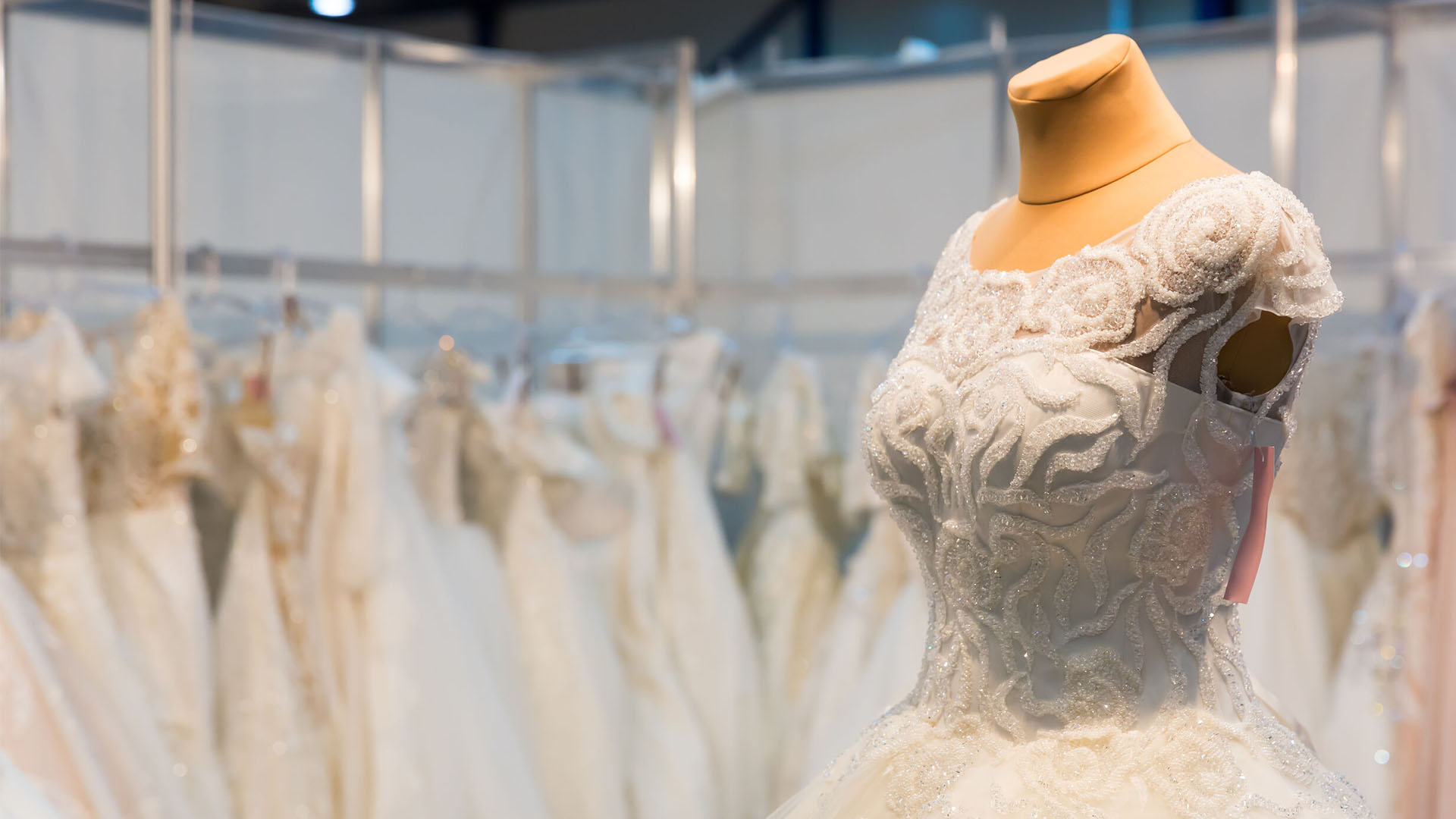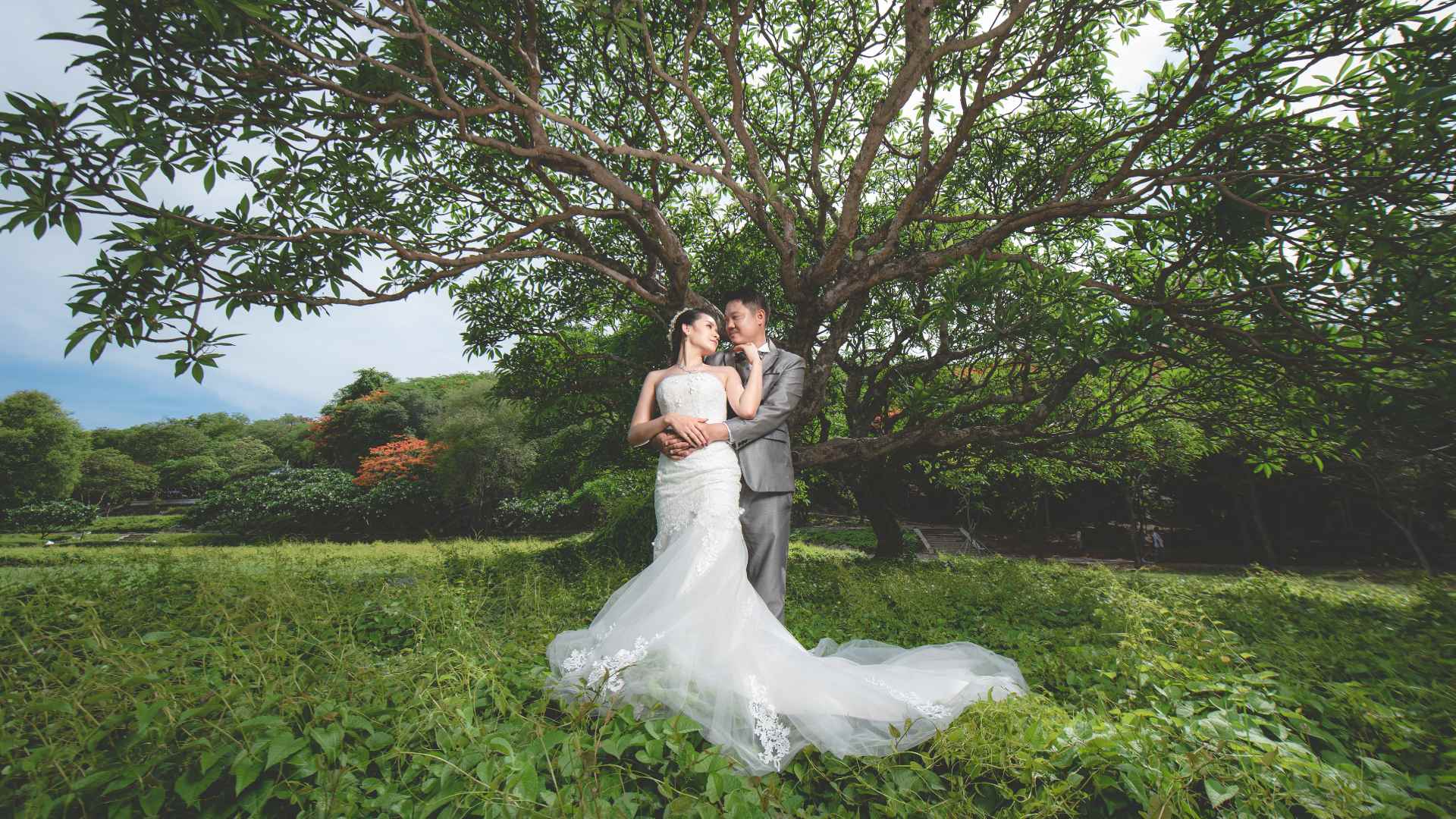5 Things To Consider When Tailoring Your Wedding Suit
Owning a suit is more than just a jacket and a tie – it’s an embodiment of your personality and your style. As such, there are many things to consider when tailoring your own suit. But with the number of variables at play, it might be difficult to navigate your way. So here are 5 key things you should take note of when you talk to your tailor.
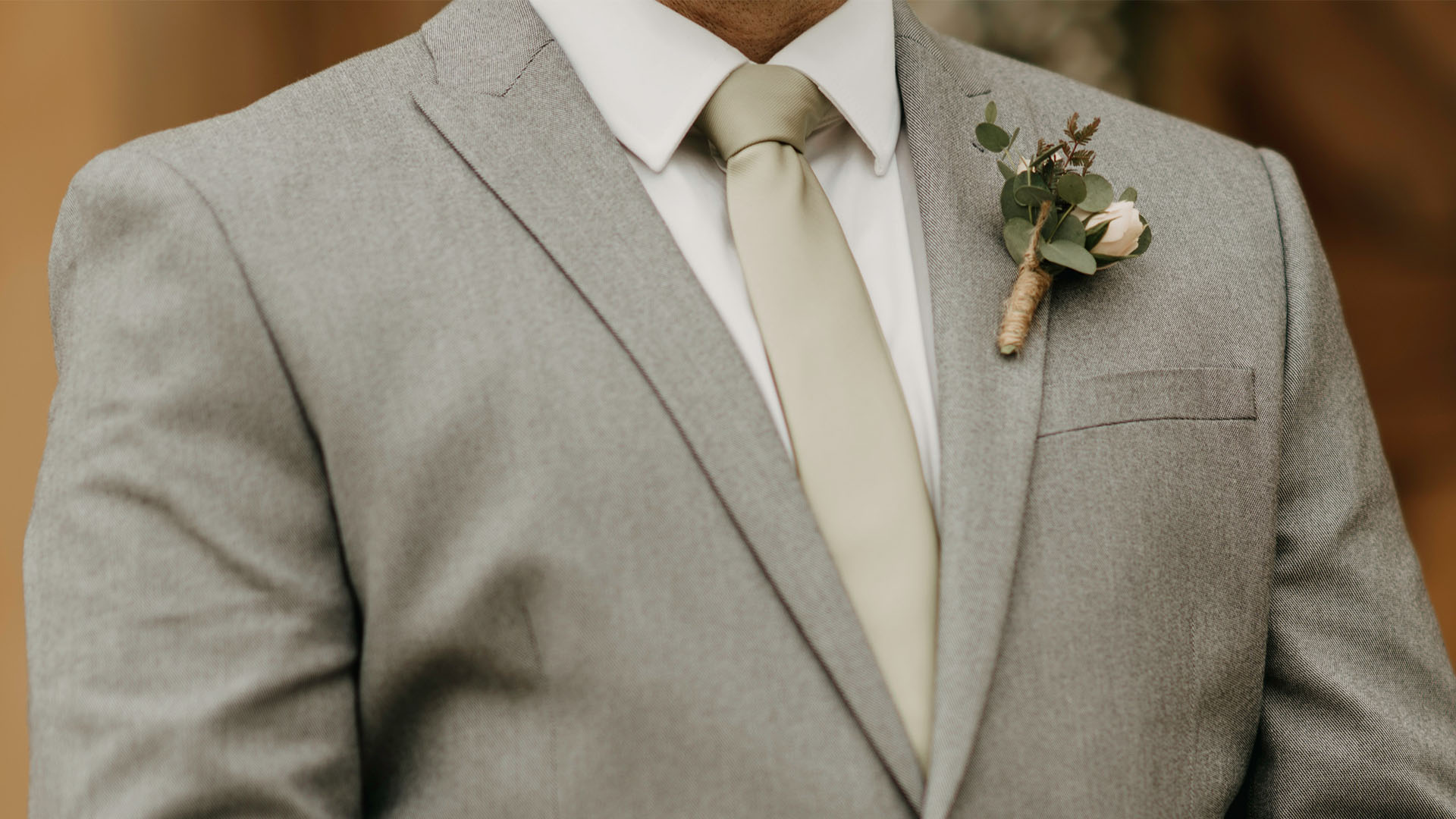
1. Material
With Singapore’s hot and humid weather, it’s imperative that you choose your material wisely. If you’re intending on having an outdoor wedding and are the sort that perspires easily, stay away from wool as it can be thick and will cause you to sweat even more profusely. Despite its wrinkle resistance and its magnificent finish, it’s best kept for indoor use.
Other materials you could consider for an outdoor wedding are linen and cotton. They’re more breathable, but do bear in mind that they wrinkle easily. However, they’re meant for more casual settings and you’d probably have to have another suit for the dinner reception.
But if you’re intending on purchasing just one suit, you could consider a wool blend. It boasts all the aesthetic benefits of wool, without the entrapment of heat. A side benefit is that the trousers are machine washable, which makes your life much easier.
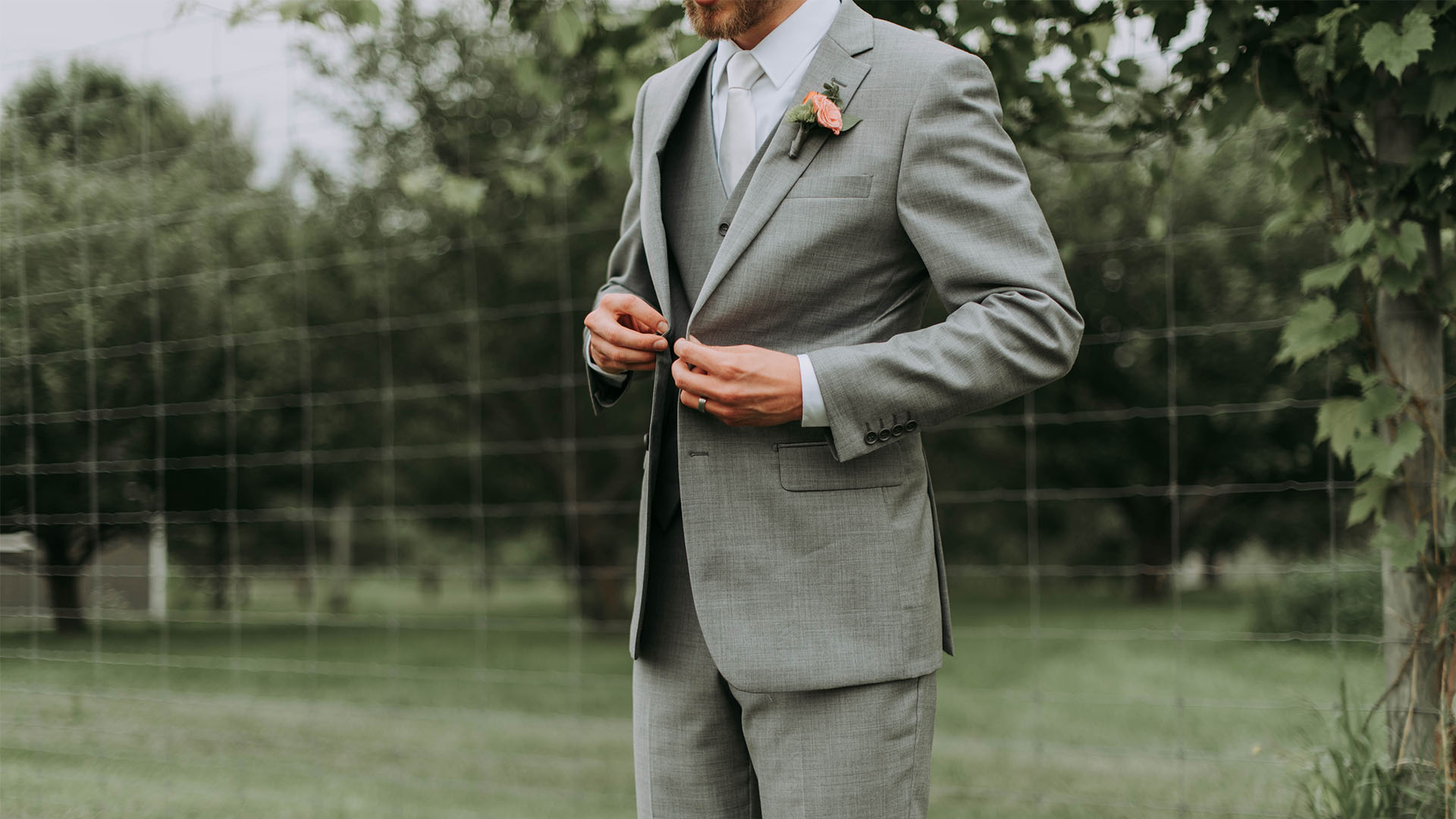
2. Cut
There are two general approaches to the cut of a suit; slim and traditional. The slim cut is a fairly recent development and is geared towards men with a slimmer body type. However, that’s not to say that larger gentleman cannot don a slim cut suit with style.
The nature of a slim cut suit is that the jacket cuts close to the shoulders, chest and waist, while the trousers sit slightly below the waist and cut close to the hips and thighs, and has a narrower leg opening.
A traditional cut suit, on the other hand, is looser than a slim cut suit although it isn’t baggy. The jacket doesn’t cut close to the shoulders, chest and waist but instead sits more relaxed. The trousers are at the waist and has a regular cut at the hips and thighs, which creates a flow with the leg openings that are straight.
The general rule of thumb is that the younger men prefer slim cuts, while older men prefer traditional cuts. However, don’t be afraid to experiment with the cuts. You might end up preferring a certain cut despite your age and build.
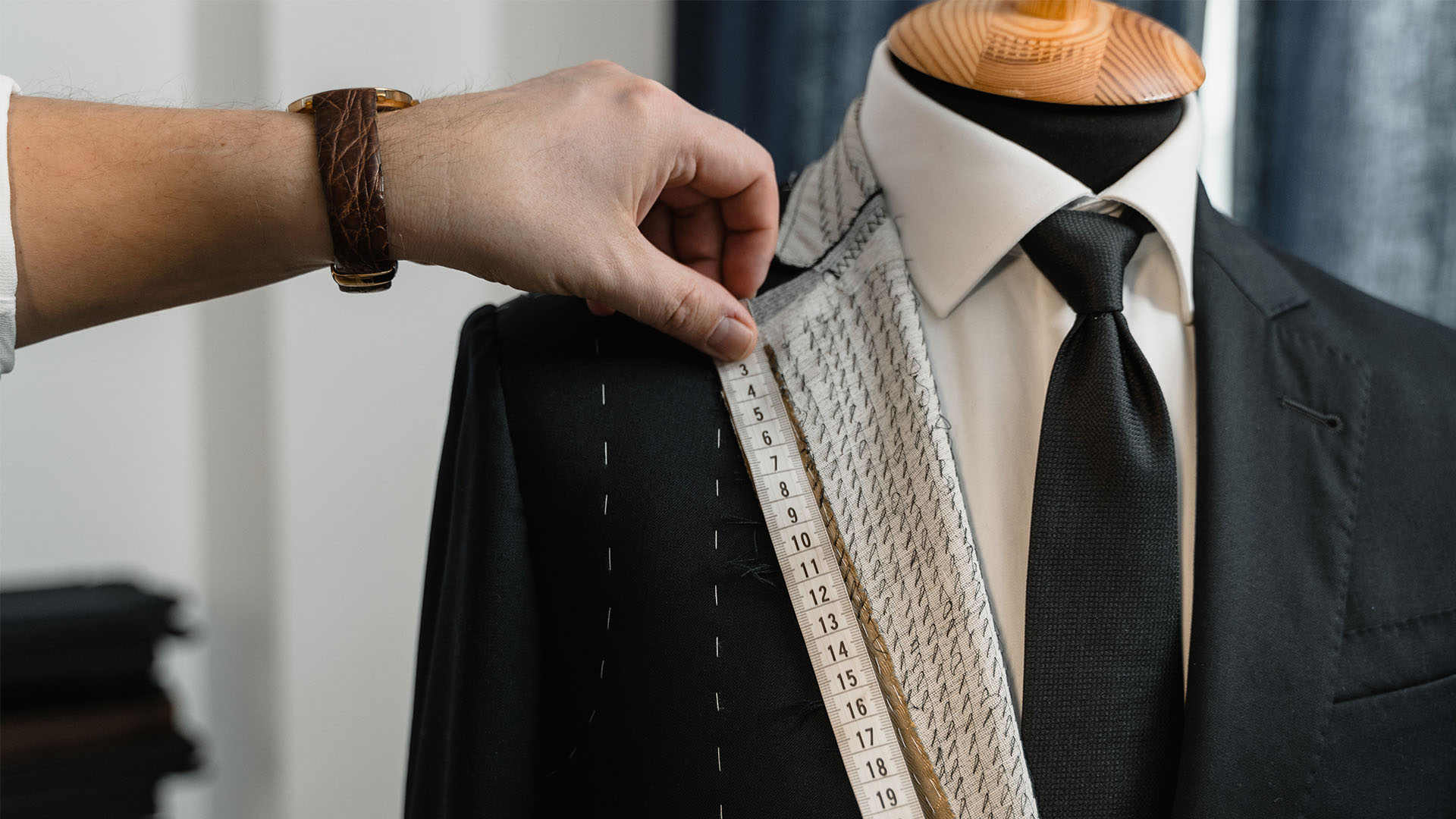
3. Suit Lapel
Once you’ve settled the materials and the cut, there are finer things that you have to pay attention to. The first of those is the suit lapel.
There are traditionally three types of lapels; notch, peak and shawl. If you’re intending on using your wedding suit again for less formal events, it’s best to get the notch as it’s the most versatile. But if you’re intending on using the suit for other formal occasions, you could consider the peak lapel. It’s more formal than the notch lapel but equally versatile.
The last lapel is the shawl lapel, which is commonly found on tuxedos. As it’s a tuxedo, you’re only going to be wearing it to black tie events. Therefore, if you don’t wish to be tailoring a tuxedo for your wedding, avoid the shawl lapel.
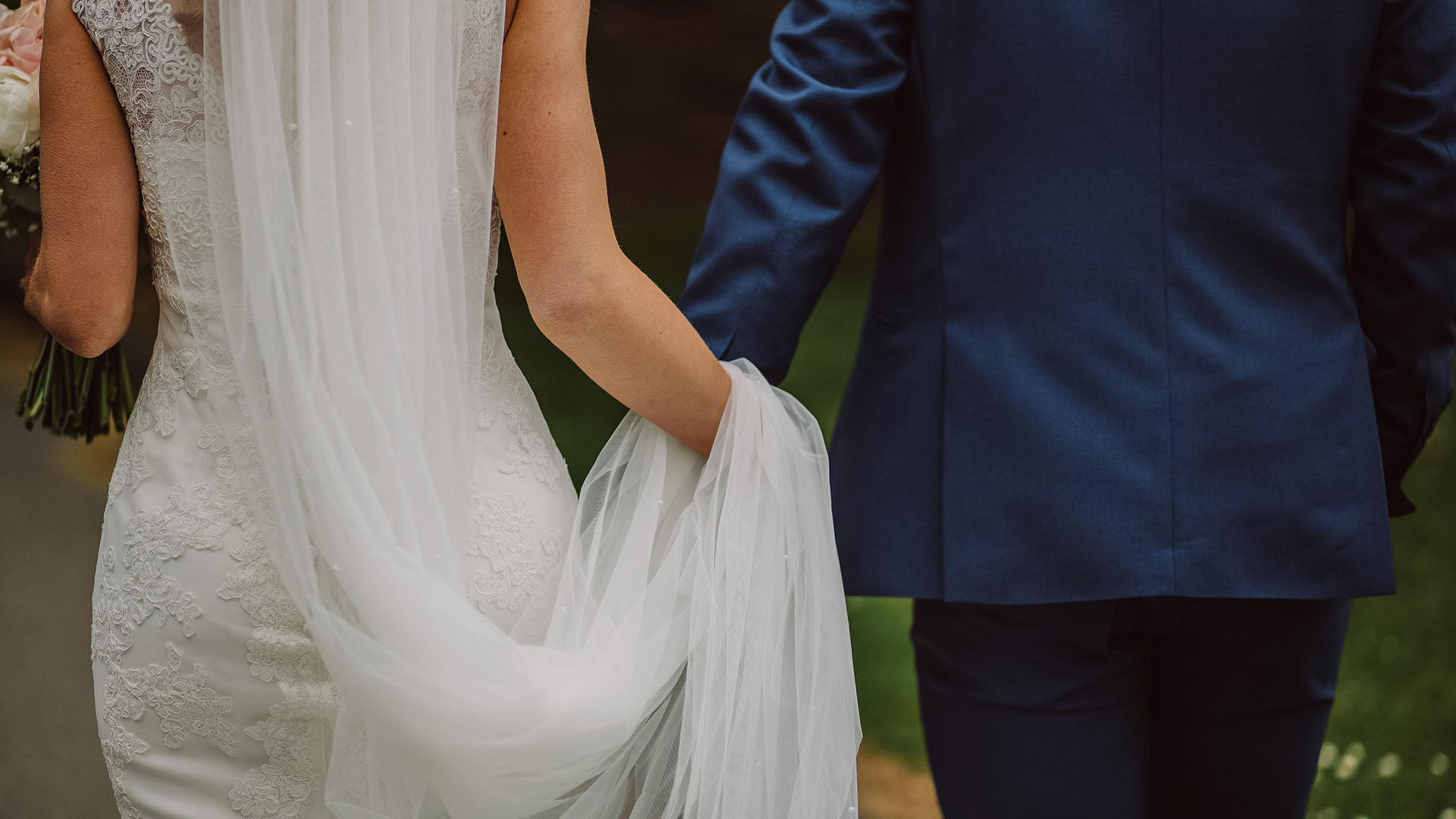
4. Suit Vent
A suit vent is the slit at the back of the jacket that makes it look less constricting. A single slit is called a centre vent, while two slits on either side is called side vents.
The general rule of thumb is that if you wish to flaunt your body from the rear, go with the side vents as they tend to reveal more. However, if that isn’t the case, go for the centre vent, which aids in concealing flaws in physique.
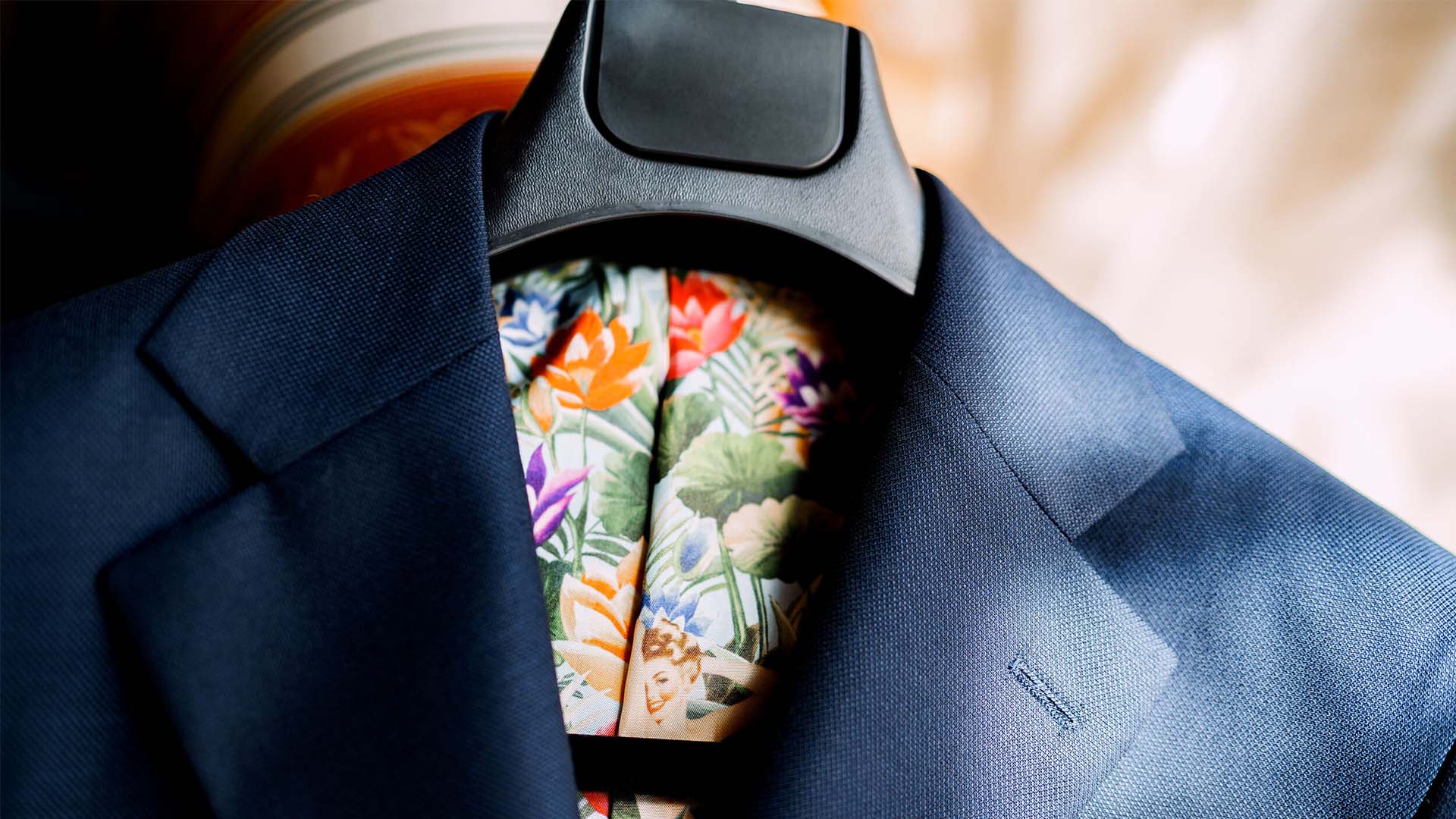
5. Canvassed vs Fused
Suits that have a canvass lining inside are called canvassed suits, while suits with an interlining glued to the outer material of the suit are called fused suits. The primary differences between the two are fitting and price.
A canvassed suit costs quite a fair bit more than a fused one due to the additional labour and materials. But the canvass allows the suit to conform to the shape of the wearer much better, thus creating a better fit.
On the flip side, a fused suit is much easier on the wallet. However, because it’s just an interlining, it has a tendency to look stiff.
A compromise between the two would be a half-canvassed suit which has the canvass on the top portion of the jacket. This allows the shoulder and chest portion to have the canvass, which tend to be the most prominent parts of a jacket.
For the latest updates on Wonderwall.sg, be sure to follow us on Facebook, Instagram and Telegram. If you have a story idea for us, email us at [email protected].




